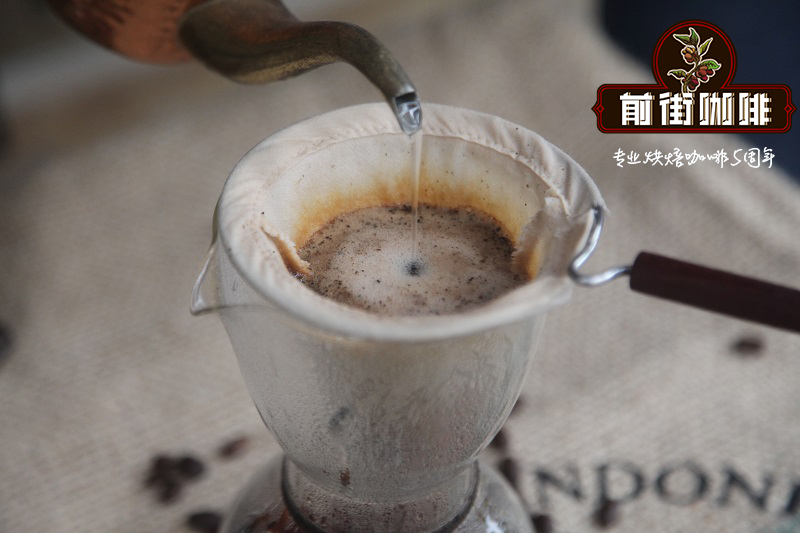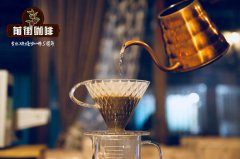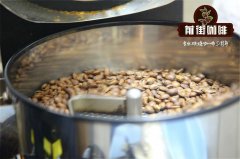What is Ninety Plus 90 + Coffee beans 90 + Coffee beans generally how much is 90 + Coffee is good

Professional coffee knowledge exchange more coffee bean information please follow the coffee workshop (Wechat official account cafe_style)
What is Ninety Plus 90 +?
90 + coffee beans
Recently, when I talked to Dora, the owner of coffee in the alley, about 90 + beans, I found that many people still don't know the nomenclature, classification and grade of 90 +. In retrospect, when I first came into contact with 90 +, it took me some time to understand what the name of 90 + was all about. I have to say that from concept to brand management, this is a very special company, but at the same time, it is not easy for ordinary consumers to understand. If it is not for some knowledge of their products, their official website is completely unable to answer what their products are, how to name them, how to classify them, like a book of heaven.
Joseph Brodsky founded Ninety Plus (90 +) in 2006, and Joseph began his journey when the Geisha species appeared in Panama in 2003 and 2004, but when he didn't find the result he expected in Panama, he had another idea. There may still be some undiscovered varieties among the more than 10, 000 coffee varieties in Ethiopia. In order to ensure quality, 90+ adopts a cooperative model with local manors, from planting, sampling and harvesting to subsequent processing and cup testing. 90 + exclusive Profile Processing ensures that each coffee bean has a unique and stable flavor trend and quality, while 90 + coffee is unique in the market like fine red wine.
The nomenclature of 90 + beans is completely different from that of the usual boutique beans. First of all, unlike the usual names of producing areas and manors, each bean is named according to its flavor, for example, the famous Nekisse is originally intended to be taken from Shakisso's nectar. The name of 90 + usually starts with the concept of flavor, then the name, and then the choice of producing areas and cooperative farms. It is very different from the general at this point, it is a brand with boutique management style.
It is not difficult to find that usually beans have the letters N, H or W, such as Ethiopian Yiagacheffe G3 N, which is commonly seen in the market, where N stands for Natural. H = Honey (honey treatment) and W = Washed (washing). Here, 90 + also has a different view, they think that rather than using the method of treatment to distinguish beans, it should be distinguished by the trend of flavor. Generally speaking, each treatment of beans will have a more representative flavor, such as:
Sun: unrestrained fruit aroma
Honey treatment: the sweetness is outstanding.
Washing: the flavor is relatively clean
However, 90+ believes that sometimes there will be the same flavor trend under different treatments, for example, the flavor performance of beans in honey may be similar to that of washed beans, so their family has introduced three basic flavor labels of N2, H2 and W2, and the flavor is distinguished by the intensity of fruit aroma and taste:
W2: (Low) low fruit tonality, emphasizing brightness, acidity and floral aroma
H2: (Moderate) moderate fruit tonality, emphasizing sweetness, fruit taste (non-aroma) and tea flavor
N2: (High) strong fruit tonality, emphasizing unrestrained flavor, sweet and sour, jam and dried fruit.
In 2011, in order to improve the stability of raw beans produced in Panama during the drying stage, Joseph developed a solar drying system inspired by a wood drying chamber with the University of Wisconsin in the United States, and named this exclusive treatment as Solkiln ™(SK). Of course, the beans after this special treatment are very expensive, and because there is very little room for production.
Finally, 90 + beans also have a scoring system different from the general 100 points, mainly that 90 + beans should exceed 90 points in the cup test, and their grades are based on three factors: flavor, cost and output:
Level 7: special flavor, meticulous and impressive
Level 12: besides being impressive, it needs to be topical.
Level 21: a rare Level 7 with a flavor that usually surpasses that of Level 7.
Level 39: Level 12 with low yield has a higher flavor than Level 12.
Level 95: at present, the highest grade, from dried incense to the entrance, has a great change and impressive, and the output is very rare.
Long after writing this introduction to Ninety Plus, I hope it can help you to make a faster choice among stores that sell Ninety Plus items.
90 + coffee bean brand recommendation
The 90 + coffee beans roasted in Qianjie Coffee are fully guaranteed in terms of brand and quality. And more importantly, the performance-to-price ratio is extremely high, a pack of half a pound 227 grams, the price is only about 90 yuan. According to the calculation of 15 grams of powder per cup of coffee, a bag of coffee can make 15 cups of coffee, which costs only about 6 yuan per cup, which is recommended by conscience compared to the price sold in cafes for hundreds of yuan a cup.
Important Notice :
前街咖啡 FrontStreet Coffee has moved to new addredd:
FrontStreet Coffee Address: 315,Donghua East Road,GuangZhou
Tel:020 38364473
- Prev

What is the uniqueness of 90 + coffee beans? how much is a cup of 90 + coffee recommended by the brand?
Professional coffee knowledge exchange more coffee bean information Please pay attention to the coffee workshop (Wechat official account cafe_style) 90 + has become an indispensable topic in the boutique coffee circle in recent years, beans that have not drunk 90 + should at least know what 90 + is popular, the focus of the topic is nothing more than the following two points: what is the new concept of 90 + coffee beans? What's wrong with the 90 + coffee beans?
- Next

Ninety Plus90+ Coffee Bean grading system introduces the coffee shop 90 + coffee how much is a cup
Professional coffee knowledge exchange more coffee bean information Please pay attention to coffee workshop (Wechat official account cafe_style) 90 + Coffee bean LEVEL grading representation General coffee bean grading according to the regulations of different countries, such as Kenya AA, AB, SHB, 18 mesh, G2, etc., is a variety of different grading methods. The purpose of grading is, of course,
Related
- Guji coffee producing area of Guji, Ethiopia: Humbela, Shakiso, Wulaga
- What is the most expensive variety of Qiloso in BOP multi-variety group?
- How to store the coffee beans bought home?
- Why are Yemeni coffee beans so rare now?
- Ethiopian Sidamo all Red Fruit Sun Sun Santa Vini Coffee beans
- SOE is mostly sour? What does it mean? Is it a single bean? what's the difference between it and Italian blending?
- Is Italian coffee beans suitable for making hand-brewed coffee?
- How to choose coffee beans when making cold coffee? What kind of coffee beans are suitable for making cold coffee?
- Just entered the pit to make coffee, what kind of coffee beans should be chosen?
- Can only Japan buy real Blue Mountain Coffee? What are authentic Jamaican Blue Mountain coffee beans?

